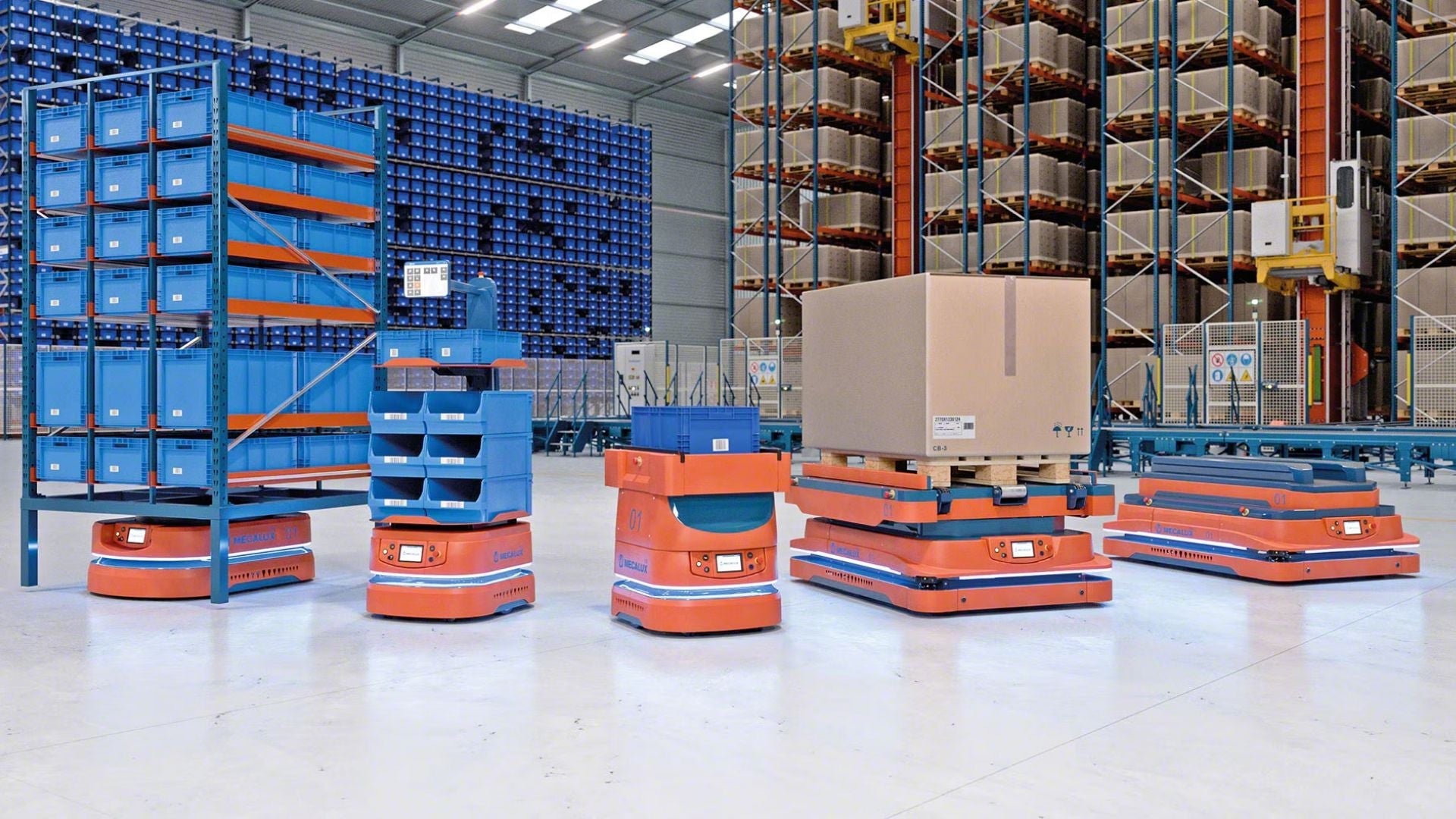Behind every autonomous system, micromobility device, mobile robotics system, or professional drone, however high-performing, lies a technological limitation that restricts its potential. The observation remains the same: the battery is the Achilles' heel of modern mobility .
In reality, current batteries impose long charging times, a reduced lifespan and often present safety risks, all compromises imposed today by existing technologies.
For robots and drones, this slows down productivity and increases operating costs.
Thanks to the SAFE (Safe and Fast Energy) technology, developed by Anod, we are bringing about a major technological breakthrough in the energy management of autonomous systems.
Based on a unique combination of hybrid supercapacitors , a very high efficiency motor and intelligent management electronics , this innovation makes it possible to overcome the limitations of traditional batteries.
- Up to 10 times faster charging , to maximize availability and reduce downtime.
- Lifespan up to 10 times longer , guaranteeing longer operation and better profitability of equipment.
- Total safety , thanks to an inherently stable architecture eliminating any risk of thermal runaway or fire.
The result: increased overall performance , a reduced fleet , a better return on investment due to system longevity, and enhanced security against operational risks.
Mobile robotics: an already impressive sector, ready to take a new step
The mobile robotics market (AGV – Automated Guided Vehicles / AMR – Autonomous Mobile Robots) is increasingly integrated into modern warehouses and factories. The autonomous robot segment alone is experiencing a compound annual growth rate (CAGR) of approximately 20% .
Furthermore, it is estimated that by 2027, approximately 26% of warehousing sites will have deployed a significant level of mobile automation.
In the daily operations of automated warehouses:
- A robotic fleet can travel more than 30 km per day for a single robot.
- Companies report productivity gains: robotic automation can improve handling efficiency by 30 to 40% compared to non-automated warehouses.
Despite these performance levels, a structural operational limitation remains: energy. Downtime can represent 20 to 30% of the total operational time of an autonomous robot, which necessitates replacement fleets or waiting areas.
Safety is just as essential as performance in a logistics environment. Some have already learned this the hard way: in 2019, a fire at Ocado's automated facility in the UK destroyed the entire 20,000 m² center, causing over £100 million in damages. This example illustrates how crucial energy reliability is for protecting infrastructure and ensuring business continuity.
🔋 What changes with SAFE technology
- Maximum uptime : the robots remain available almost continuously, significantly reducing downtime related to recharging. Effective operating time can thus exceed 95% , compared to an average of 70 to 80% with conventional solutions.
- Infrastructure cost reduction : ultra-fast charging reduces the size of the fleet needed to maintain the same level of activity and eliminates swapping or dedicated charging areas, freeing up space and simplifying maintenance.
- Enhanced safety : SAFE's inherently safe design eliminates the risk of thermal runaway and fire, a major concern in logistics warehouses and factories.
By combining greater availability, less infrastructure and zero thermal risk, SAFE technology allows warehouses and factories to be more efficient, less expensive and safer .
Professional drones: towards longer, safer and more useful missions
Professional drones are intervention platforms deployed in several key sectors:
- Infrastructure inspection: power lines, wind turbines, pipelines, bridges…
- Security and rescue: monitoring of sensitive sites, search for victims, firefighting.
- Mapping and topography: 3D modeling of terrain, construction sites, urban areas.
- Precision agriculture: crop monitoring, targeted irrigation, water stress detection.
In all these sectors, each drone flight involves comprehensive logistics: on-site travel, equipment setup, flight preparation, and post-mission data analysis. This organization creates a complex operational chain, where every minute of downtime represents a direct cost : less data collected, fewer possible interventions, and more time lost in the field. Therefore, in professional applications, drone availability must be maximized to ensure profitability and mission continuity.
🔋 What changes with SAFE technology
With SAFE (Safe and Fast Energy) technology, the energy constraint of drones becomes a controlled parameter.
This innovation paves the way for a new generation of continuous air operations, where energy management no longer dictates the pace of missions.
- Extended and responsive operations : downtime is reduced to an absolute minimum, allowing drones to perform multiple missions in the same day without lengthy interruptions. Rapid recharging integrates seamlessly into operating cycles, and even into automatic or in-flight recharging scenarios, to maintain near-continuous availability.
- Simplified logistics mobility : thanks to the system's speed and security, operators no longer need to move bulky batteries or install heavy infrastructure at each site. A simple, lightweight station is all that's needed to provide power support, reducing the amount of equipment to transport and the complexity of installation.
- Resilience and safety in critical conditions : SAFE's thermal stability ensures safe operation, even in sensitive or exposed environments (urban areas, industrial sites, emergency response). No more risk of overheating, no more constraints on battery storage or transport.
- Operational longevity : Repeated energy cycles do not lead to rapid degradation. Systems maintain their performance over the long term, improving fleet profitability and mission reliability.
By combining operational continuity , logistical autonomy and total safety , SAFE technology transforms the way professional drones operate: no more back and forth, no more waiting, but a truly continuous flight that matches the ambitions of the sector.
A cross-cutting innovation, ready to integrate into all ecosystems
Beyond technical performance, SAFE embodies an evolution of the model : moving from the paradigm of autonomy to that of ultra-fast charging.
It allows us to imagine robots, drones, and tomorrow fleets of vehicles and industrial equipment capable of operating without interruption , with unprecedented operational efficiency and a reduced environmental impact .





